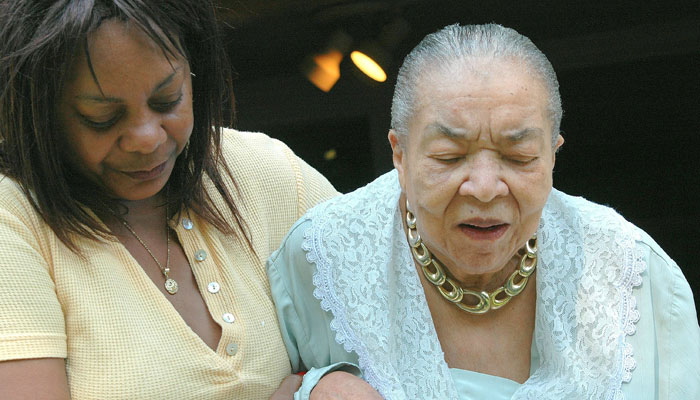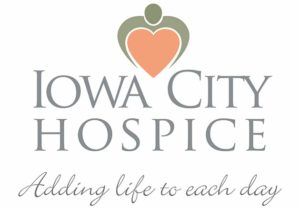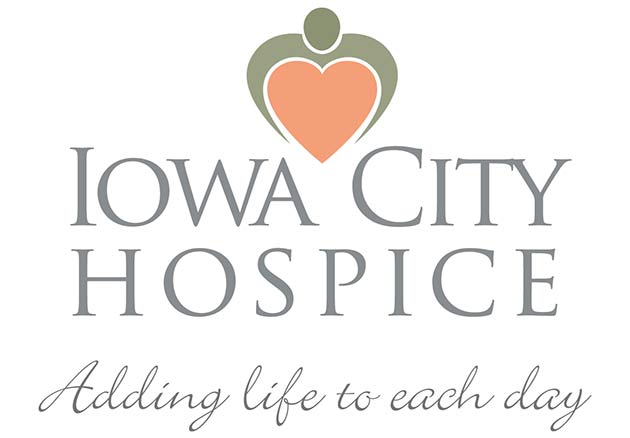Family Caregiver Connection
Helpful tips for family caregivers
January/February 2019
A new year, a new Medicare! Not exactly. But there are some significant improvements we’re happy to share. In addition, we continue our series on caring for a person with memory loss. This month we look at strategies to promote a safe and speedy return if your loved one does wander or get lost. And just in case that happens, you may want to draw upon the “signature strength” of calm. Learn what those who are naturally calm do to speed up their return to tranquility.
2019 Medicare improvements
 Here’s some good news to start the year! In 2019, we’ll see improvements in coverage across the major Medicare plans.
Here’s some good news to start the year! In 2019, we’ll see improvements in coverage across the major Medicare plans.
About two-thirds of people on Medicare use “original Medicare.” Patients with original Medicare can go to any health care provider that accepts Medicare. Original Medicare pays for 80% of costs after a yearly deductible. The remaining 20% is paid out of pocket. In addition, your loved one may have a supplemental insurance. Sometimes this is called “Medi-Gap.” Medi-Gap policies pay the deductible and that 20%.
There is also a “Medicare Advantage” plan. If your family member has this coverage, he or she must go to providers who are part of the plan’s network. Medicare Advantage programs usually cost less than a combined original Medicare and Medi-Gap policy.
Starting in 2019
“Donut hole” is closing early
Medicare Part D has been paying roughly 75% of medication costs up to a set amount per year. Patients paid the balance of 25%. If costs were higher, the patient had to pay a greater percentage out of pocket (35-44%). If your relative’s drug costs reached a second threshold, additional medicines were then covered 95% by Medicare, 5% by the patient. In 2019, that “donut hole” gap in coverage is “closing,” meaning it is getting smaller. And a year earlier than planned. This year Medicare will extend coverage of brand name drugs at 75% up to the second threshold. Then 95% coverage will kick in. Generics will have a 63% coverage rate after the first threshold. The following year, generics will be covered at the 75% rate as well.
Nonmedical support services
Some Medicare Advantage Plans have been given permission to expand coverage beyond traditional medical care. With a doctor’s orders, for instance, they have the option to offer policies that provide for things like the installation of grab bars or a wheelchair ramp. Check your loved one’s plan to see if it includes this type of coverage.
Want to switch policies?
Wish your loved one had a different plan? As of 2019, those with an existing Medicare Advantage plan may switch to a different plan within the first three months.
Preparing for a safe return
 No one can keep an eye on another person 24/7. Even in the most vigilant household, a loved one with dementia—Alzheimer’s or other memory disorder—may just find a way to slip out the door. After you have set up strategies to reduce the chance of wandering, it is also wise to pave the way for a speedier recovery if the worst occurs.
No one can keep an eye on another person 24/7. Even in the most vigilant household, a loved one with dementia—Alzheimer’s or other memory disorder—may just find a way to slip out the door. After you have set up strategies to reduce the chance of wandering, it is also wise to pave the way for a speedier recovery if the worst occurs.
Strategies that support a quick return
- Get an ID bracelet or necklace. Be sure to note “Memory Loss” and “ICE: [your phone number].” First responders know that “ICE” stands for “in case of emergency.”
- Introduce your loved one to neighbors. Give the neighbors your phone number and ask them to call you if they see your relative out and about. You can even ask local merchants who know him or her to do the same.
- Keep a recent photo on hand. Only a recent photo—not a favorite photo from 10 years ago!—will truly help first responders if they must look for your family member.
- Make a list of possible destinations. Include your relative’s favorite places. But also list familiar places from the past: work, church, a previous residence.
- Add GPS sensors on shoes or in a bracelet. These sensors can trigger an alarm on a door and/or help locate someone who has wandered. Some require a monthly fee.
- Register with the local police and consider a Safe Return type of program. The Alzheimer’s Association sponsors a nationwide “Safe Return” program that is networked with local law enforcement. If your family member wanders, one call triggers an alert for help. A special bracelet also provides anyone finding your relative a number to call.
If your loved one does get out, spend 15 minutes looking close by. Then call 911 and any other services you have in place.
Return to topSignature strength: calm
 Many of us admire people who have the gift of remaining calm.
Many of us admire people who have the gift of remaining calm.
Calm as a signature strength is the ability to respond to threats from a place of appropriate confidence. To remain “centered.”
It’s not always easy to achieve. Our bodies react to the stresses of modern life—including family caregiving—with the same fight-or-flight hormones that saved us in more physically dangerous times.
That said, you can intentionally cultivate the skills involved in remaining calm. People who are calm
- have the ability to physically relax. You might use strategies such as focused breathing. Perhaps a mindfulness practice. Or activities that release tension.
- accurately assess threats. It’s easy to overestimate the negative. Or get stuck thinking about “what ifs.” Calm individuals notice threats, yet keep them in perspective. Here’s where you want to apply a healthy dose of reality. Assess a problem situation. Yes, do look at the worst-case scenario. But remember to consider the likelihood of that extreme. Calm individuals spend most of their time focusing on the more probable outcomes in between chaos and serenity.
- observe the situation with an awareness of their strengths. Calm individuals have self-confidence. They have an accurate and balanced assessment of their personal strengths. To develop this, take an accounting of your internal gifts. Also identify the external supports you have. For instance, your finances, friends, support services.
- reduce anger. Anger clouds rational thought. It’s not that calm individuals do not get angry. They simply recognize their triggers. And they use strategies to calm themselves effectively before they blow. You might start by watching your thoughts. Avoiding judgment and fault finding in others may help you stay at ease.
As you look to become a more resilient family caregiver, you may find that cultivating the strategies of calm individuals helps keep your own journey centered.
Return to top
